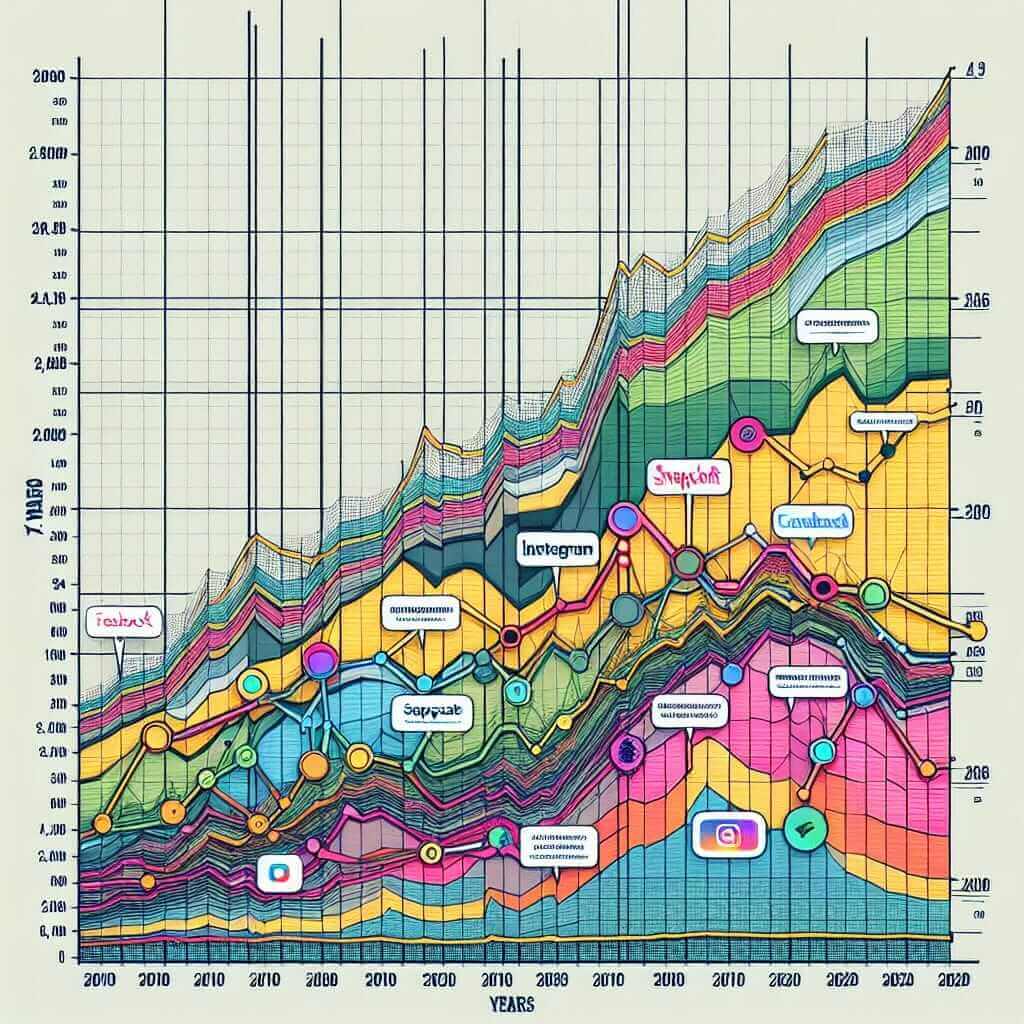Improving coherence in IELTS Writing Task 1 is crucial for a high score. Coherence refers to the logical connection between ideas, ensuring your writing is easy to follow and understand. In this article, we will explore various strategies to enhance coherence in your writing, provide examples, and offer tips for practical application in the IELTS exam.
Nội dung bài viết
- What is Coherence in Writing?
- Strategies to Improve Coherence
- 1. Use Clear Paragraph Structure
- Example:
- 2. Employ Cohesive Devices
- Example Linking Words:
- 3. Use Pronouns and Synonyms
- Example:
- 4. Logical Order
- Example:
- Example Essay
- Prompt:
- Sample Response:
- Common Errors to Avoid
- 1. Repetition
- 2. Lack of Structure
- 3. Overuse of Complex Sentences
- Practice Tips
- 1. Plan Before You Write
- 2. Use Synonyms and Pronouns
- 3. Read Model Answers
- 4. Write Regularly
- Conclusion
What is Coherence in Writing?
Coherence relates to the clarity and logical flow of your writing. It ensures that your ideas connect smoothly, making it easier for the reader to follow your arguments. For IELTS Writing Task 1, coherence involves organizing your response clearly and logically describing visual data.
Strategies to Improve Coherence
1. Use Clear Paragraph Structure
A well-structured paragraph with a clear topic sentence helps guide the reader. Each paragraph should focus on one main idea.
Example:
- Paragraph 1 (Introduction): Briefly describe the graph or chart.
- Paragraph 2 (Overview): Highlight the main trends.
- Paragraph 3 (Details 1): Provide detailed analysis of the first set of data.
- Paragraph 4 (Details 2): Provide detailed analysis of the second set of data.
2. Employ Cohesive Devices
Cohesive devices like linking words and phrases help connect ideas within and between paragraphs.
Example Linking Words:
- Addition: furthermore, moreover
- Contrast: however, on the other hand
- Cause and Effect: therefore, as a result
- Time: then, subsequently
3. Use Pronouns and Synonyms
Avoid repetitive language by using pronouns and synonyms. This adds variety and maintains coherence.
Example:
- Original: The sales of cars increased in 2010. The sales of cars decreased in 2011.
- Improved: The sales of cars increased in 2010. They decreased in 2011.
4. Logical Order
Present information in a logical sequence, such as chronological order or by grouping similar data together.
Example:
- Chronological: Describe the data year by year.
- Grouping: Compare data categories together (e.g., comparing different countries in the same year).
Example Essay
Let’s apply these strategies to a Task 1 prompt.
Prompt:
The graph below shows the average number of hours per week that people spent on different types of social media from 2010 to 2020.
 Social Media Usage Trends 2010-2020
Social Media Usage Trends 2010-2020
Sample Response:
Paragraph 1 (Introduction):
The line graph illustrates the average number of hours per week people spent on various types of social media from 2010 to 2020.
Paragraph 2 (Overview):
Overall, the use of social media increased significantly over the decade. Facebook remained the most popular platform throughout the period, while the use of newer platforms like Instagram and Snapchat also surged.
Paragraph 3 (Details 1):
In 2010, the average time spent on Facebook was approximately 5 hours per week. This figure rose steadily, peaking at 14 hours in 2019 before dropping slightly to 12 hours in 2020. In contrast, the time spent on MySpace decreased from 4 hours in 2010 to virtually none by 2015, showing a clear shift in user preference.
Paragraph 4 (Details 2):
Instagram and Snapchat started gaining popularity around 2012. By 2020, users spent around 10 hours per week on Instagram and 8 hours on Snapchat, indicating a strong upward trend. Notably, the introduction of new features on these platforms could be a contributing factor to their increased usage.
Common Errors to Avoid
1. Repetition
Avoid repeating the same words or phrases, as it can hinder coherence.
2. Lack of Structure
Ensure each paragraph has a clear function and logical flow.
3. Overuse of Complex Sentences
While complex sentences are effective, overusing them without clear connections can make your writing difficult to follow.
Practice Tips
1. Plan Before You Write
Spend a few minutes planning your response to organize your thoughts.
2. Use Synonyms and Pronouns
Practice replacing repetitive words with synonyms and appropriate pronouns.
3. Read Model Answers
Analyze high-scoring responses to understand how coherence is achieved.
4. Write Regularly
Consistent practice will help you implement these strategies more effectively.
Conclusion
Improving coherence in IELTS Writing Task 1 is essential for a high band score. By using a clear paragraph structure, cohesive devices, pronouns and synonyms, and maintaining a logical order, you can enhance the flow of your writing. Remember to practice these strategies regularly and analyze model answers to understand their application better. Good luck with your IELTS preparation!
Feel free to comment below with any questions or share your own tips on improving coherence in IELTS Writing Task 1. Explore more content on our website to elevate your IELTS skills!


